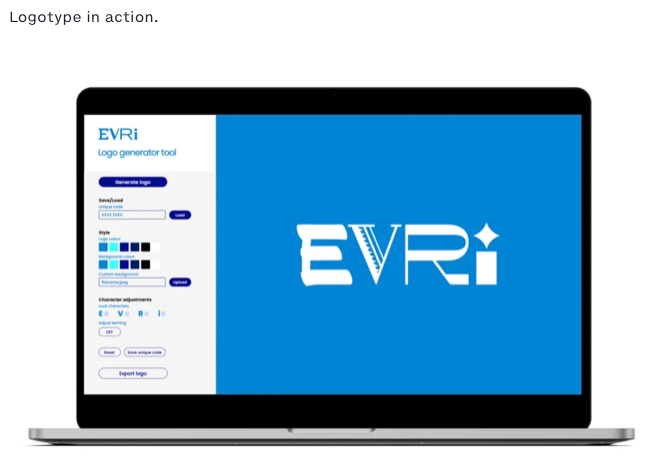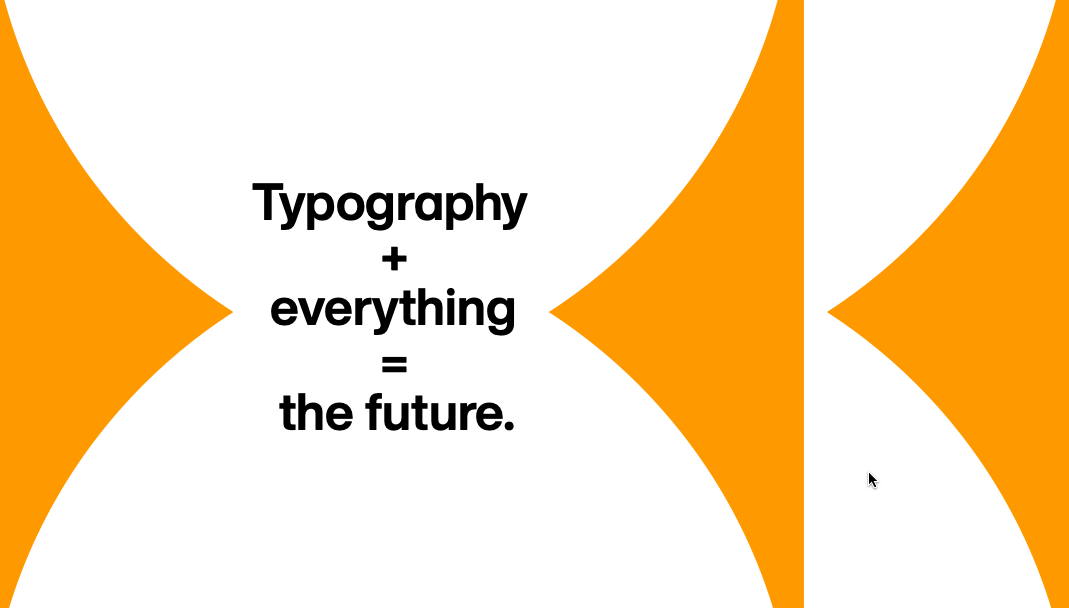Copyright Do's and Don't's
Copyright Do's & Don't's. "The Congress shall have Power ... To promote the Progress of Science and useful Arts, by securing for limited Tımes to Authors and Inventors the exclusive Right to their respective Writings and Discoveries." (U.S. Constitution, Article I, Section 8). Lawyer Sara Hawkins* notes that copyright laws are here to encourage the right of creation to authors, rather than to simply deny its use by other people. However, there is a delicate balance to be struck between the creator's rights and the public interest. How do we keep the rights of authors and yet let others use it?
Copyrights are granted to protect original works of authors, whether it be in literary, written, dramatic, artistic, musical or certain other types of works. Copyrights attach to something once it is created, by a snap of the camera, or the pen of an author, or the sound bites of a musical group. You do not have to file special paperwork for copyright rights, as is the case for trademarks and patents. Thus, by applying the copyright symbol (©) I have printed and published a number of books and typographic articles and fonts without any special paperwork from the government. The copyright owner can (1) reproduce the copyrighted work; (2) display and publish it publicly; and (3) prepare derivative works based on the copyrighted work.
Copyrights do not apply to works in the public domain, words, names, slogans or short phrases (those may have protection in trademark law); blank forms; works that are not original; and government works. Ideas, procedures, processes, systems, method of operation, concepts, principles or discoveries are not copyrightable. Thus, the ALPHABET, for example, is not copyrightable. "The copyright in an architectural work that has been constructed does not include the right to prevent the making, distributing, or public display of pictures, paintings, photographs, or other pictorial representations of the work, if the building in which the work is embodied is located in or ordinarily visible from a public place."(Section 120a) In other words, pictorial representations are permitted of copyrighted works, if the work is located in a public place where everyone and anyone can see it. I have a photo of a bronze statue of Ben Franklin and the printing press, which is located on the grounds of the Masonic Village in Elizabethtown, PA. That photo is allowed under copyright laws.
Copyrights are long-lasting — "Copyright in a work created on or after January 1, 1978, subsists from its creation and, except as provided by the following subsections, endures for a term consisting of the life of the author and 70 years after the author’s death." (Section 302a) Also, "In the case of an anonymous work, a pseudonymous work, or a work made for hire, the copyright endures for a term of 95 years from the year of its first publication, or a term of 120 years from the year of its creation, whichever expires first." Copying of a work includes printing, photocopying and similar methods of mechanical duplication. It is not permissible to reproduce copyrighted materials without the written authorization of the copyright holder unless it qualifies under the copyright law's doctrine of "fair use."
How do I legally use a copyrighted work? There are two ways currently available — Get written permission from the creator for its use, or use it perhaps under what is called the "Fair Use" doctrine. Sara Hawkins again says, "The purpose of the Fair Use Doctrine is to allow for limited and reasonable uses as long as the use does not interfere with owners' rights or impede their right to do with the work as they wish." Fair Use is found in USC Section 107 of the Copyright Laws. It depends on four factors — (1) The purpose of use of the copyrighted material. Fair use of copyrighted works, as stated in US copyright law, “for purposes such as criticism, comment, news reporting, teaching (including multiple copies for classroom use), scholarship, or research, is not an infringement of copyright.” If you are doing a research paper, for instance, you are allowed to quote a copyrighted source, for comment or critique without permission from the original copyright holder. The rules of etiquette require usually footnoting such use. Also, this does not mean, however, that all nonprofit education and noncommercial uses are fair and all commercial uses are not fair; instead, courts will balance the purpose and character of the use against the other factors below.
(2) The second test in "Fair Use" cases concerns the nature of the copyrighted work. Using a more creative or imaginative work (novel, music, movie) would probably not support a Fair Use claim, than a use of a more technical article or a news item. Also, "transformative" uses that adapt the work to something that is decidedly new, with a further purpose or different character, and do not substitute for the original use of the work, can fall under the Fair Use doctrine.
(3) The third test is the amount and substantiality of the portion used in relation to the copyrighted work as a whole. If the amount borrowed or used is relatively small in relation to the whole work, this favors a Fair Use finding by the courts. But if the portion used is at the "heart" of a work, this factor will likely weigh against a finding of fair use even if that portion was otherwise a very small amount.
(4) The fourth test for Fair Use is the effect of the use upon the potential market for or value of the copyrighted work. So, as Matthew Goings notes: "An unofficial Seinfeld trivia game would not be not fair use because it could or would affect an official game even though none existed." (https://copyrightalliance.org/faqs/what-is-fair-use/) He says that "Courts evaluate fair use claims on a case-bycase basis, and the outcome of any given case depends on a fact-specific inquiry. This means that there is no formula to ensure that a predetermined percentage or amount of a work—or specific number of words, lines, pages, copies—may be used without permission."
What about AI generated materials and copyright laws? Talk about a thorny issue. Right now, in the courts, there are lawsuits pending against big time AI players such as GitHub and Microsoft and Open AI seeking to see whether or not AI created materials are subject to copyright violations and piracy on a level not seen since the Napster violations in the 1990s. Getty Images have filed a suit against Stable Diffusion, an AI art developing tool, claiming that its images are too close to the real thing and thus violate copyright laws. This is far from "Fair Use" standards. The Clarkson Law Firm has two class action suits against OpenAI and Google claiming that AI "stole" copyrighted materials from their creators.** Moreover, the U.S. Copyright office has ruled that AI cannot be considered an "author," since only a person can be an author.
Additionally, Internet Archive (https://archive.org/) has filed with the commission investigating AI and copyrights. They do not support any additional laws specifically targeting AI. They write — "Our high level view is that copyright law has been adapting to disruptive technologies since its earliest days and our existing copyright law is adequate to meet the disruptions of today. In particular, copyright’s flexible fair use provision deals well with the fact-specific nature of new technologies, and has already addressed earlier innovations in machine learning and text-and-data mining. So while Generative AI presents a host of policy challenges that may prompt different kinds of legislative reform, we do not see that new copyright laws are needed to respond to Generative AI today."
At present, this is an open-ended issue, and the courts and Congress will have to argue it out. Suffice it to say at this juncture, that using AI to re-create an illustration or an entire book may involve copyright breaches. Be careful in using the technology to bypass coded laws.
What does all of this mean for the typographer or printer or publisher? I would suggest several avenues of using copyrighted materials.
- Seek permission for its use. This is always the best and most honorable course of action. You may have to contact the publisher, who then in turn may contact the writer. I did this for a study guide I wrote on a book from Oxford Press in England on the life and work of Jonathan Edwards, the great early American theologian in New England. While it was only a study guide with excerpts on which to comment, and for church study and use exclusively, the Press required a contractural engagement that lasted for one year with a limited number of copies that could be printed and made available, even for religious study and use. It would have cost me $500 for twelve copies for a year. I declined and went another route with some of the material.
- Use legitimate free sources for photos and images. I use dreamstime.com in their free portfolios for the background photos and images for a number of book covers I have crafted. There are other legitimate sources in iStock, for instance. Licensing uses and rules apply to most of these freebies. And give credit for where credit is due, even for the freebies.
- Use your own work and photos. I know this requires substantial time and effort, but it is usually the right thing to do. I put together a historical calendar of the Lancaster PA area using photos I personally took.
- Use the old "buyer beware" adage here. Are you willing to risk your site being taken down, or getting a cease and desist letter, a bill or actually being sued through the Digital Millennium Copyright Act (DMCA), which can be very, very costly. People actually make a living on book royalties and selling or licensing their work. Poaching their work for pleasure or profit is unacceptable.
(I would also recommend a lawyer firm with which I have worked in the Lancaster, PA area. Please note this article from them at https://gkh.com/protecting-copyrights-vs-protecting-trademarks/)
(*Sara Hawkins, Copyright Fair Use and How It Works for Online Images, https://www.socialmediaexaminer.com/copyright-fair-use-and-how-it-works-for-online-images/)
(**Lucie Růžičková, Ai and Copyright: The Legal Landscape, https://blog.apify.com/ai-copyright/#:~:text=In%20general%2C%20the%20answer%20to%20%22Can%20AI-generated%20content,only%20a%20person%20can%20be%20considered%20an%20author.)
Successful Layout & Design



